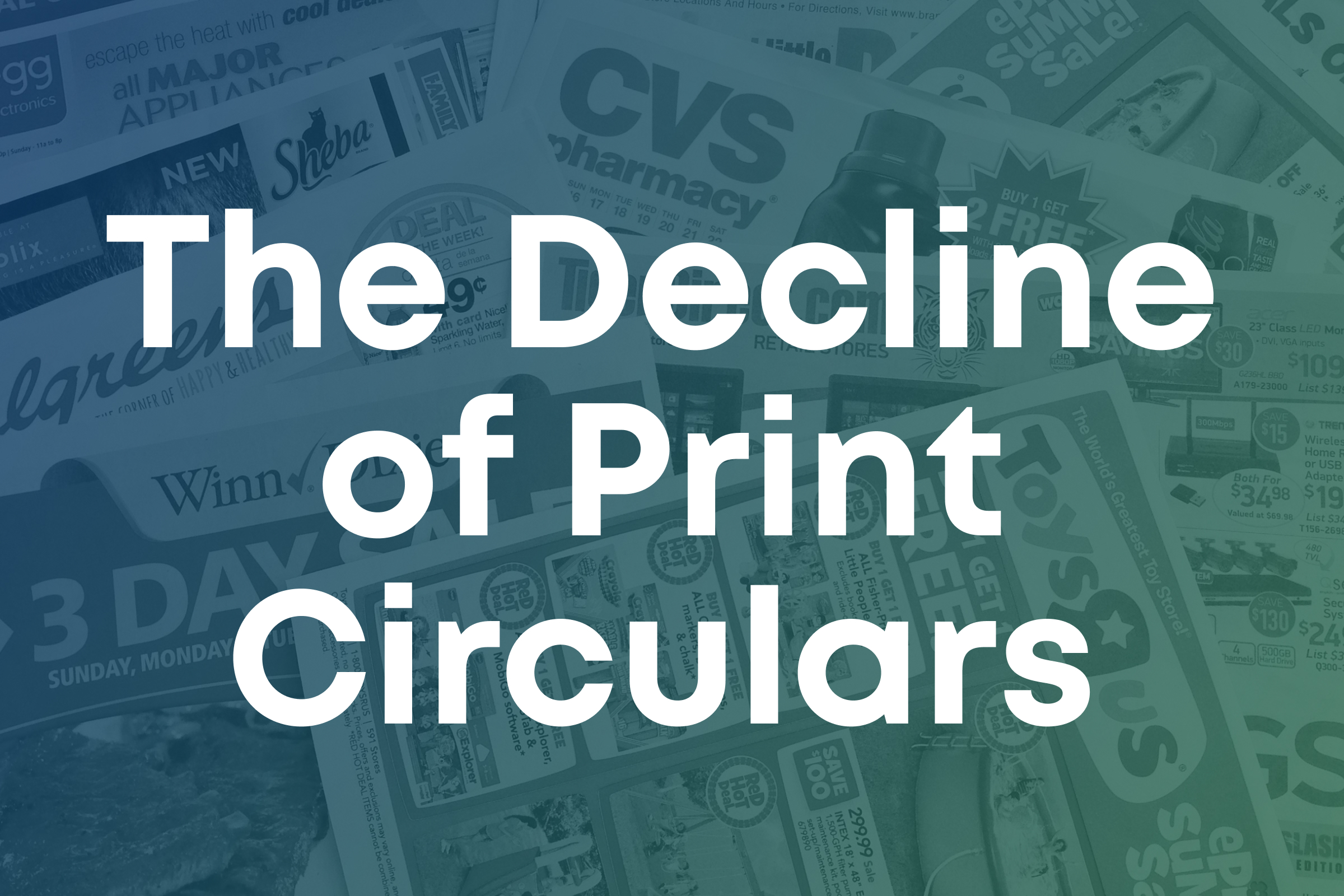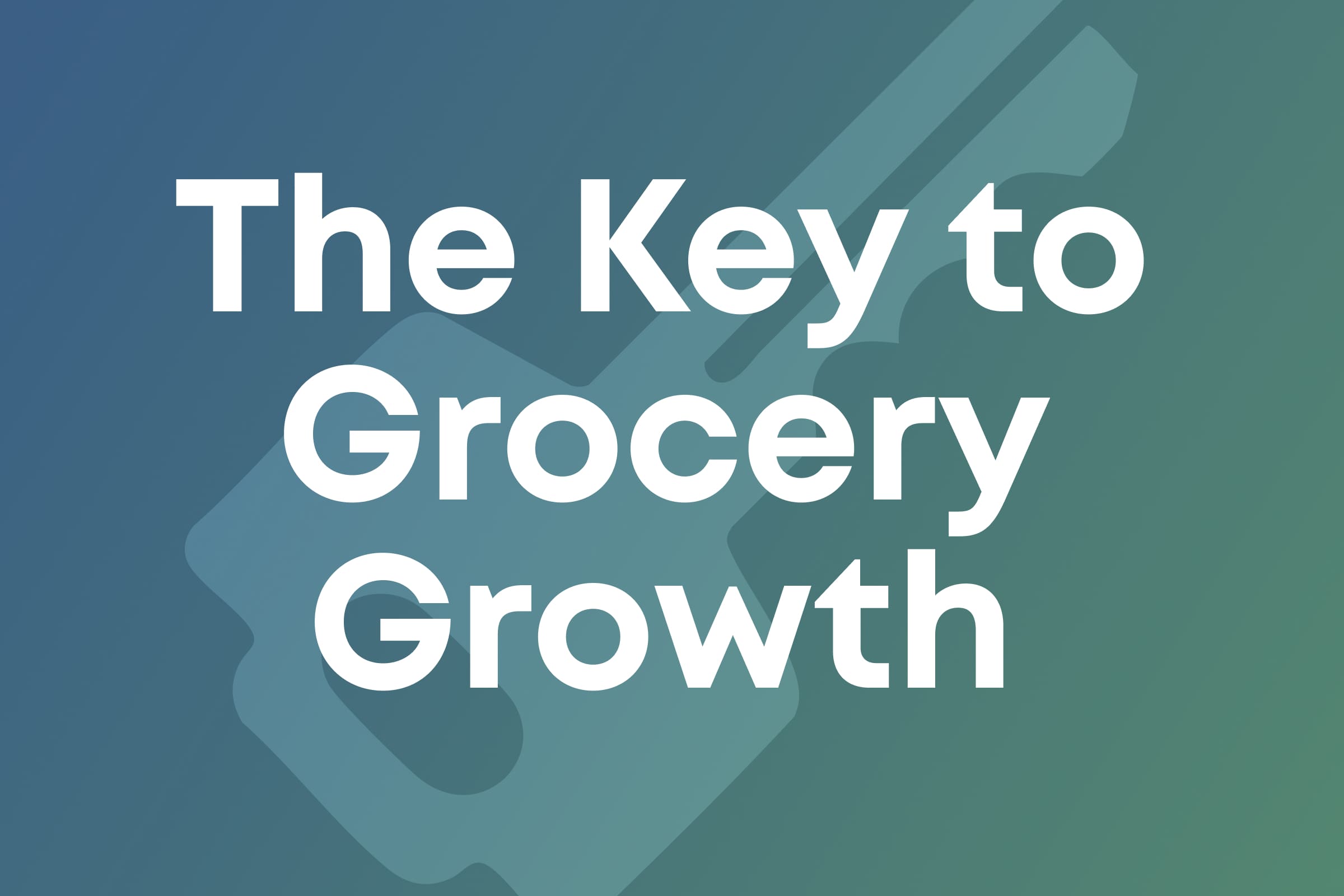The Continuing Evolution of Retail Media: Emerging Trends and Innovations
Swiftly
The landscape of retail media has undergone significant transformation since 2022, when we last explored the ins and outs of the industry and shared the reasons retailers needed to stand up and take notice. Two short years later, retail media's growth has exploded, riding the waves of changing consumer behaviors and rapid technological growth.
Today, retail media networks are much more than simple ad spaces on websites—they've become complex, data-smart platforms that make every part of shopping, from browsing online to buying in-store, smoother and more connected. Industry estimates are eye-opening too, with AdWeek reporting the value of the retail media market is expected to hit around $166 billion by 2025. This rapid growth really shows how important it is for advertising to be smart and well-integrated within the retail world.
So, let’s take a look at what’s changed, what’s trending and where this industry-changing technology will take us next.

Integration and Personalization: Key Trends
One of the most significant trends in recent years is the deep integration of retail media networks into the omnichannel shopping experience. Retailers are no longer just selling ad space; they are curating immersive, personalized shopping experiences that leverage detailed consumer data to deliver content that is not only relevant but also timely. The focus has shifted toward creating a seamless interaction across all channels, from mobile apps to physical stores, ensuring that the consumer's journey to purchase is as frictionless as possible.
As the physical and digital shopping realms intertwine, retailers have come to a crucial realization-they must own and control their media networks. This control enables the customization of the shopping experience to individual preferences and behaviors, leveraging first-party data to drive conversions and foster loyalty. The diminishing role of third-party cookies has further underscored the importance of first-party data, compelling brands to turn to retail media networks that can offer direct insights into consumer behavior.
Expanding Opportunities Across the Retail Spectrum
As we dive deeper into the capabilities and benefits of retail media networks, it's clear that the potential for impact goes beyond large retailers or specific sectors. Retailers of all sizes, from giant chains to mid-sized and small grocers, have significant opportunities to harness this technology to drive growth and enhance customer interactions.
Broadening Horizons for All Retailers
The reality is that retail media networks are not exclusive to the big players in the market any more. In fact, they present a unique advantage for smaller retailers looking to carve out a niche in a competitive landscape. These platforms offer scalable solutions that can be customized to the size and scope of any business, enabling even the smallest shops to engage with customers in meaningful ways. The ability to use first-party-data-driven insights and targeted advertising levels the playing field, allowing smaller businesses to compete effectively against larger competitors.
Tailored Solutions for Diverse Needs
The beauty of modern retail media networks lies in their versatility. Whether it's a local grocer looking to increase foot traffic or a mid-sized online retailer looking to improve conversion rates, retail media provides tools that can be tailored to meet diverse business needs. From geotargeted ads and personalized email campaigns to sophisticated mobile apps that enhance the in-store experience, the options are nearly limitless.
Strategic Growth and Customer Loyalty
For all retailers, the strategic implementation of retail media networks can lead to increased growth and strengthened customer loyalty. By engaging customers with personalized content and offers that resonate with their individual needs and preferences, retailers can build deeper relationships. Additionally, the analytics provided by these networks offer insights into customer behaviors and trends, allowing retailers to make informed decisions that drive revenue and business expansion.
Swiftly's Role the Retail Media Revolution
In the face of this rapidly evolving market, regional and independent grocers, in particular, face the daunting challenge of competing with retail giants. This is why companies like Swiftly have stepped in to level the playing field. Swiftly's retail media platform empowers smaller retailers by providing them with the tools and technology necessary to build their own retail media networks.
Swiftly's services are designed to help these retailers harness their unique strengths—such as customer loyalty and personalized service—while also enabling them to use the same sophisticated digital marketing tools used by their larger competitors. By integrating with Swiftly's platform, these grocers can access real-time data analytics, personalized ad delivery and seamless omnichannel experiences that connect online interactions with in-store behavior.
Thanks to the first-party data provided by the platform, grocers can also create personalized shopping journeys through targeted promotions and relevant product recommendations, directly influencing purchase decisions at critical moments. Whether consumers are browsing an app at home or using their smartphones in-store, Swiftly's technology ensures that every interaction is an opportunity to engage effectively.
Finally, Swiftly helps these retailers quickly adapt to changing market demands without the need for extensive infrastructure overhaul or significant upfront investment. This agility is crucial in today’s fast-paced market, where consumer preferences and behaviors can shift rapidly.
Looking Ahead
As we move forward, the role of retail media networks is set to become even more integral to the retail experience. With advancements in AI and machine learning, these networks will become smarter and more adept at predicting customer needs, perhaps even before the customers themselves are aware of them. For retailers, both large and small, the focus will increasingly be on creating a holistic shopping experience that seamlessly integrates all aspects of commerce—digital, mobile and physical.
Retail media networks are here to stay and are transforming the retail landscape in exciting ways. For consumers, this means shopping experiences that are more connected and tailored to personal tastes. For local and independent grocers, it means a chance to level the playing field with big retailers, thanks to tools like Swiftly that help them tap into the same advanced marketing strategies. Looking ahead, the continued evolution of retail media promises to keep reshaping how we shop, offering opportunities for all retailers to innovate and thrive.
Ready to join the retail media revolution? Book a demo with Swiftly today.




